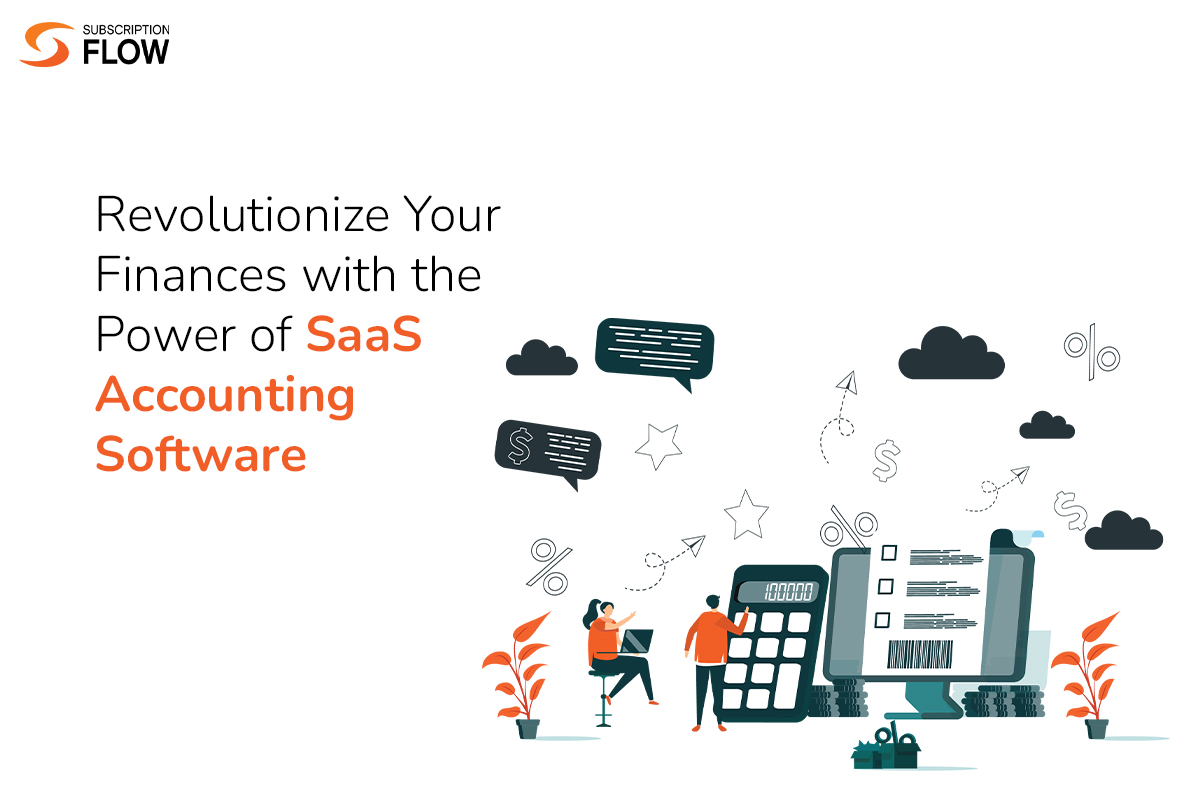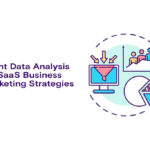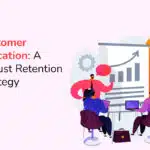
SaaS Accounting Software: Why You Should Use It
What is SaaS Accounting Software?
The era of manually managing spreadsheets and doing calculations is over. SaaS (Software-as-a-Service) accounting software has revolutionized the way organizations handle their finances. It manages financial transactions, revenue recognition, and generates and evaluates financial data regarding your company.
SaaS companies’ accounting needs differ from traditional business models. Such companies have inherent annuity streams, meaning that every customer is considered a recurring revenue opportunity for the long-run. With a good product and sales team, SaaS businesses can potentially reach customer retention rates upto 90%, with gross margins between 60% to 80% as the company scales. SaaS companies also have less R&D expenses as their software only has one version and doesn’t require extensive hardware support for its functioning. All this, however, means that their cash flow dynamics are more nuanced and complicated than one-off payment systems. SaaS accounting software is thus required to keep up with the specialized needs of such businesses.
This software offers a full range of features and functionalities that automate and simplify a variety of financial processes, enabling firms to concentrate more on expansion and strategic decision-making. It has become a crucial resource for all companies—no matter their size or industry—thanks to affordances like real-time data, smooth communication, and strong security measures.
Also Read: Freshbooks vs QuickBooks vs Xero: Compare Accounting Solutions
Before discussing the kinds of accounting software for SaaS on the market, it is necessary to be aware of the accounting processes that SaaS or subscription-based businesses need to perform.
1. Billing & invoicing
2. Revenue recognition
3. Subscription pricing and packaging
4. Churn analysis
5. Financial forecasting & budgeting
6. Subscriber analytics
7. Financial reporting
8. Tax compliance and financial regulation
All the accounting processes mentioned above are interlinked in such a way that any issues in one process can disturb the next one severely. This makes the need for specialized accounting software an urgent requirement.
Common Accounting Methods for SaaS Companies
Two common accounting options available to SaaS businesses are: cash-basis accounting and accrual accounting. Each of these methods have their own distinct reporting and recording features.
Cash-basis Accounting
This method tracks money that comes in as revenue or goes out as expenses, monitoring the company’s cash flow. Cash on hand is an important aspect of this approach since for new or small businesses it is necessary to know how much money is available to pay bills in a timely fashion. In cash-basis accounting, money paid or received is recorded in the cash flow statement. This method is limited, however, in that it can’t accurately predict the financial health of a SaaS business due to the unearned revenue feature of subscription-based models.
Accrual Accounting
This accounting method tracks when an action results in earnings or leads to an expense. It gives a real-time picture of the company’s financial health using accounts payable and accounts receivable to gauge a business’s standing. Using this approach, a business can record when money is earned but not necessarily received. For SaaS businesses this means that subscription revenue is recognized even if it is not received as the subscription period is still ongoing. This helps ensure that the company’s financial statements accurately reflect its performance, clearly showing its viability and stability.
Today there are many accounting software for SaaS companies on the market that offer both cash-basis and accrual accounting. They all offer a variety of features at varying price points. Xero, QuickBooks, and Sage Intacct are few of the more popular options available.
Xero
Popular cloud-based accounting software Xero has a variety of functionalities for handling financial data like automating invoices and reporting tasks, helping file end-of-year tax returns, making pay runs, etc. Xero provides comprehensive financial reporting capabilities, allowing businesses to generate accurate and up-to-date reports on revenue, expenses, cash flow, and other financial metrics. Integrating with Xero allows SaaS businesses to closely monitor incoming and outgoing cash flows. By automatically importing transaction data, subscription billing information, and payment details, Xero can provide an accurate and real-time view of cash flow.
Also Read: Why Integrate Xero in Your Subscription Management Software?
QuickBooks
QuickBooks offers strong reporting features, enabling companies to produce thorough financial reports. Financial data is instantly synced with QuickBooks through integration with subscription management systems, ensuring accurate reporting on income, expenses, cash flow, and other financial parameters in real time. Financial data from subscriptions, including revenue recognition, deferred revenue, and recurring revenue, can be accurately and efficiently recorded in QuickBooks. This ensures that financial records are aligned with subscription activities, making it easier to track and manage financial performance.
Integrating with QuickBooks keeps the flexibility and scalability of the tech stack intact so that if needed, the user can integrate with other applications and software.
Sage Intacct
Different accounting tasks are automated by integrating with Sage, thus saving time. Sage can sync client data, billing data, and transaction details through subscription management systems, doing away with the need for manual data entry. Automation increases overall productivity and efficiency by allowing the financial teams to concentrate on more strategic and intellectually-demanding tasks.
Additionally, integrating with Sage improves financial visibility for subscription businesses. By syncing data between the subscription management system and Sage, businesses can gain a comprehensive view of their financial health, including tracking revenue, expenses, and cash flow, as well as monitoring other key financial indicators. Improved financial visibility enables businesses to make data-driven decisions and implement effective financial strategies.
Factors to Consider When Choosing an Accounting Software
Subscription management software is usually enough for basic accounting operations including billing, invoicing, payments and revenue management, etc. However, for complex accounting processes e.g. bookkeeping and tracking you need SaaS software accounting.
Company Size
The choice of accounting software depends on your business and its specific needs. Larger-sized companies may require more reports, charts, and thus more features than smaller-sized businesses and so would need a more complex accounting software. Additionally, it is important to consider who would be using this software at the company. If there’s a CFO or some other financial expert it might be worthwhile investing in a specialized software with multiple features. On the other hand, if the accounting software is to be used by someone with little technical knowledge then opting for a more intuitive, less complicated software would be the better option.
Budget Concerns
Budget, of course, is also a concern and plays an important role in choosing the right accounting software. It is important to evaluate the total cost of this software including: installation, support payments, employee training, and data transfer. Therefore, our experts suggest you dedicate a sufficient amount to the tech stack that you need for your SaaS business because the competition in the market is high, and the best way to fight this competition is to have the right tools and the right people to use these tools. What small businesses and startups can do is to initially use subscription management software for accounting operations, and later integrate the required accounting software.
Integration Capabilities
SubscriptionFlow, a recurring billing management platform, is one such option. It seamlessly integrates with the best accounting software i.e. Xero, QuickBooks, Sage, etc as well as countless other third party software. It is a cloud-based software that fine-tunes revenue operations for subscription-based businesses, optimizing customer experience for subscribers from the moment they sign up to aid client loyalty. This billing management platform ensures a cohesive, customizable, unified, and automated subscription service for all its clients. It provides a comprehensive suite of tools and features to manage every aspect of the subscription lifecycle from customer acquisition to billing and retention.
See for yourself how this subscription management platform integrates with leading accounting software to optimize your workflow. Book a demo with SubscriptionFlow now and find out for yourself not only how robust a software it is at managing your subscriptions for you, but also how well it handles all payments made in various cryptocurrencies!










